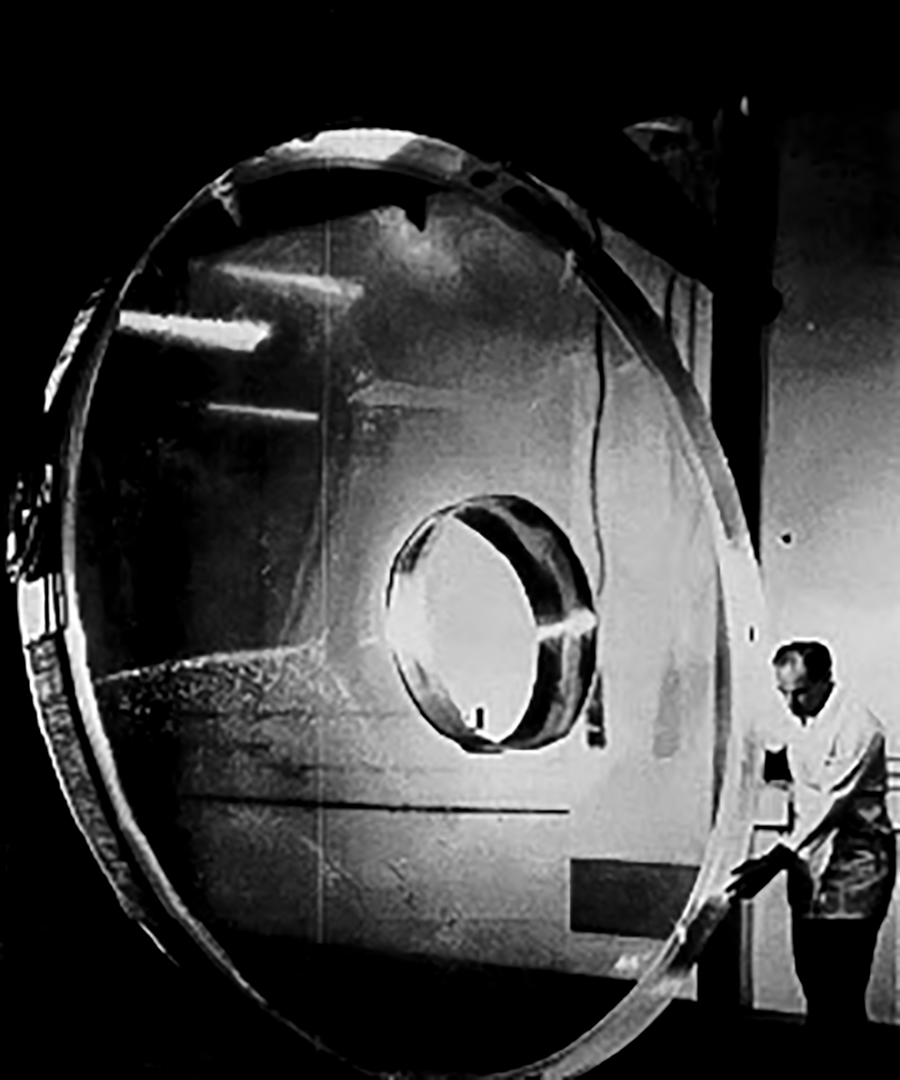letter to the editor
Corning’s contributions to space technology
To the editor:
We, as scientists who have had the privilege of working in research and development for Corning Incorporated, wish to address a significant omission in the December 2022 edition of The American Ceramic Society Bulletin.
In the feature article titled “Star power! How glass and ceramics push us deeper into space,” the author attempts to trace the use of glass and glass-ceramics for both land and space-based telemetry as well as the use of various ceramic and ceramic composite materials used in thermal protection systems for launch vehicles and satellites. Although the author meticulously details the companies that developed and supplied materials for space applications, she regrettably overlooked the pivotal role Corning played in advancing space technology.
This glaring omission is an insult to a company with an illustrious history that began at the dawn of America’s space program. In 1961, Corning’s heat-resistant windows protected the first Americans sent into space in the Mercury space capsules. Corning supplied the window glass for John Glenn’s historic orbit of the Earth and continued to supply every window for American-manned space shuttles. Corning’s high purity fused silica (HPFS) heat-shield windows were used on the Apollo 11 Lunar Module. And more recently, Corning's HPFS was employed in the camera optics on NASA's Curiosity Rover on Mars.
Moreover, Corning’s history of providing innovative materials for land-based telescopes is legendary, as exemplified by the undertaking in 1935 to produce the 200-inch primary mirror blank for the Hale Telescope located on Mt. Palomar. Since then, Corning has supplied fused silica mirror blanks for many large telescopes, including the Harlan J. Smith Telescope, the Lowell Discovery Telescope, and the Simonyi Survey Telescope housed at the Vera C. Rubin Observatory in Chile. Additionally, Corning has famously played a key role in the construction of telescopes used in space, notably the primary mirror blank for the Hubble Space Telescope, the Kepler Telescope, and NASA’s James Webb Space Telescope, which houses three telescopes with mirrors made by Corning.
Ironically, the only mention of Corning Incorporated in the article appears in a description underneath a photo of Marvin Bolt, a curator at the Corning Museum of Glass (CMOG), who, it should be noted, has never been associated with Corning Incorporated. In the photo, Bolt is holding an early telescope from around 1650 CE. Anyone who has toured the Optics Gallery at CMOG would undoubtedly be awed by the illuminated first casting of the 200-inch Pyrex® disk. This colossal 20-ton casting, which is the centerpiece of the museum’s Innovation Gallery, represents the monumental efforts that Corning’s scientists, engineers, and workers have devoted to providing glass to advance celestial research.
Although only a small part of Corning’s larger history in space technology, we have made personal contributions that furthered the use of glass-ceramics in space exploration. It was our privilege to invent and characterize Corning’s Macor® machinable glass-ceramic, which provided shaped insulation around the Space Shuttle’s windows and doors.
We believe Corning’s story is exceptional and one to be proud of. This letter is an effort on our part to pay homage to those who's ingenuity and hard work gave us the glass and glass-ceramics that protected our astronauts and helped America’s scientists peer deeper into space.
Sincerely,
George H. Beall, FACerS, DLM
David G. Grossman, FACerS, FSGT
George Beall is a Corporate Fellow in Corning’s Research Group. He can be reached at BeallGH@corning.com.
David Grossman is a retired senior research associate from Corning’s R&D Group. He can be reached at GrossmanDG@msn.com.

Corning manufactured this 2.7-meter hex-sealed fused silica primary blank for the McDonald Observatory in 1965.
Credit: Am. Ceram. Soc. Bull. 1990, 69(12):1922–24

Corning manufactured this 2.7-meter hex-sealed fused silica primary blank for the McDonald Observatory in 1965.
Credit: Am. Ceram. Soc. Bull. 1990, 69(12):1922–24
Editor’s note: The editors regret that the omission of Corning’s contributions to space science was, indeed, an oversight on our part. We appreciate Beall and Grossman for reminding us and our readers of the many significant accomplishments of Corning glass scientists, engineers, technicians, and production staff that enabled the advances of space science and technology. Their contributions, in no small part, have enabled the space industry that exists today and will extend into the future.